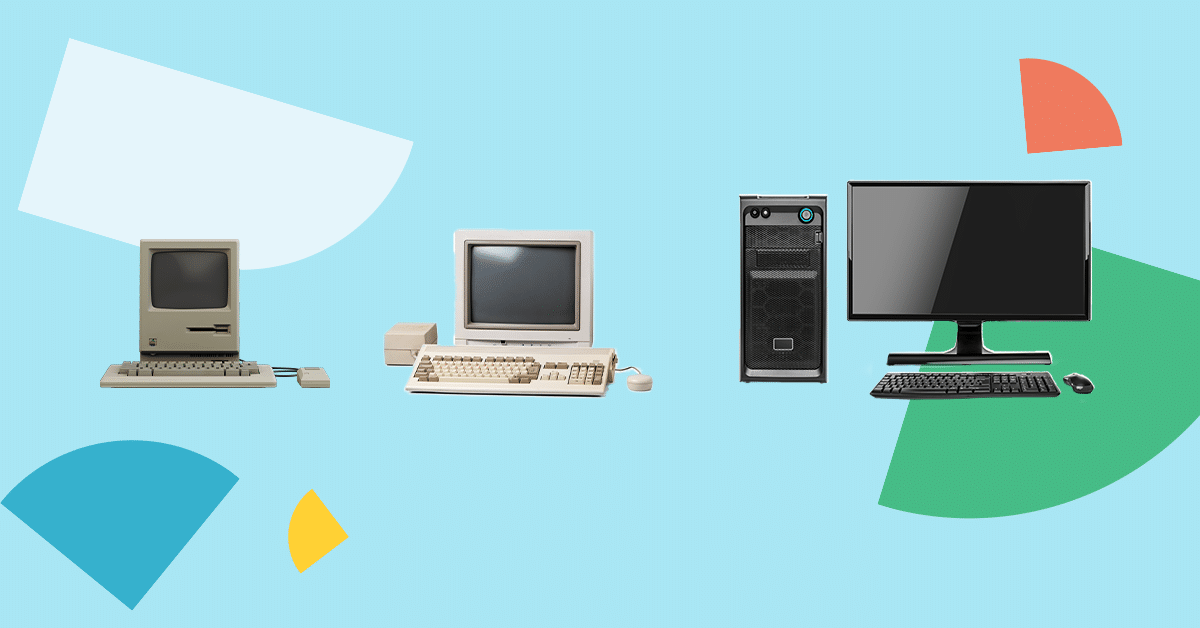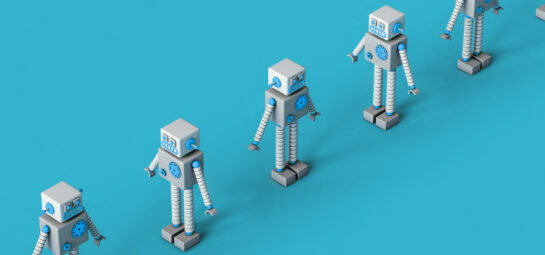A brief history of IT help desks

IT Help desks are and always have been crucial in delivering technical support and assisting end users across various industries, from education and healthcare to government sectors. The history of the IT help desk shows an evolution from simple IT support to all-round, sophisticated IT service management (ITSM), including ITSM software. In this blog, we'll explore the history of IT help desks, tracing their journey from when they first emerged to their current role.
Early computer systems and the birth of IT help desks
The history of the IT help desk begins in the 1970s when organizations started adopting computer systems for their core business operations. Companies like IBM and UNIVAC introduced mainframe computers that made previously manual processes much easier, such as data processing, financing and managing assets.
These large, expensive computers needed constant upkeep and troubleshooting to make sure they operated smoothly. This is where the first IT help desks came in, offering technical support for issues related to:
- Printers and storage peripherals
- Connectivity errors and system crashes
- Incident management
These early IT help desks laid the foundation for what would become modern IT support, making sure that these critical systems worked efficiently. Though much of this IT support was still manual, it highlighted the need for structured support, paving the way for what we now recognize as IT service management (ITSM).
The 1980s: IT help desk tools and ticketing systems
As computers became more common in the 1980s, the history of IT help desks took a big step forward when ticketing systems were introduced. These systems let IT help desks handle larger volumes of support requests in a more organized manner and were usually managed via telephone or on-site support.
Early ticketing systems, though quite basic compared to today’s standards, were crucial for tracking and managing issues. During this time, training programs for IT staff also became common, with a focus on software troubleshooting. Documentation processes were standardized, including knowledge bases and FAQs, which reduced repetitive support requests.
The shift from ad-hoc IT support to more automated and formalized operations was a pivotal moment in the history of IT help desks – they were no longer just reactive, but became a structured part of organizations.
The 1990s: ITIL and remote assistance
A major development in the history of IT help desks was the introduction of the IT Infrastructure Library (ITIL) framework in the 1990s. ITIL emphasized structured IT service management, promoting best practices for change management, incident management and automated workflows. By the late 1990s, ITIL was adopted by thousands of organizations worldwide.
The 1990s also saw the rise of remote support tools, which allowed IT help desk technicians to diagnose and fix issues remotely. This was a major breakthrough, since it meant faster response times and 24/7 support. Surveys from the time reported that help desks received between 1,500 and 3,000 support requests per month.
With the surge of the internet, user interactions with help desks became easier and more efficient. Email-based support, web-based software, and self-service portals (SSPs) reduced reliance on phone calls and in-person support. SSPs allowed users to submit tickets, track progress and access knowledge base articles in a centralized platform.
The 2000s: modernization and the shift to real-time support
The 2000s were transformative in the history of the IT help desk. Real-time support features such as live chat, social media and remote support became standard. Automation tools further reduced the manual workload of IT help desk technicians by improving ticket routing and prioritization, increasing overall response times.
Cloud computing emerged as a game-changer, since it meant IT help desks could operate without the constraints of on-premises systems. Cloud-based tools also allowed organizations to integrate with third-party tools and APIs to provide multi-channel support.
This era also saw advancements in customer relationship management (CRM) systems, which integrated with IT help desks to help offer more personalized support. By analyzing customer data, past tickets and interactions, IT help desk technicians could now tailor support to the individual needs of their end users.
IT help desks of today: AI and automation
Today, the history of the IT help desk continues to evolve with the integration of artificial intelligence (AI), service automation and machine learning. AI has transformed IT help desk operations, from automating common support tasks to recommending related FAQs and troubleshooting steps. Tasks such as password resets and ticket status updates are now handled by AI, freeing up IT help desk technicians for more complex issues.
AI-driven chatbots have also become a significant part of the IT help desk landscape, providing instant responses to user queries and further improving response times. An example of this is TOPdesk's AI chatbot functionality, which we offer in partnership with Ebbot.
As cyber threats have increased throughout the years, cybersecurity has become a major focus for IT help desks. Modern ITSM tools have adapted to make sure sensitive data is protected and organizations are compliant with cybersecurity regulations. TOPdesk's ITSM software, for example, includes encryption during transit and at rest, permission controls, security audits, third-party compliance, and more.
Data analytics has also taken center stage, helping IT help desks with customized dashboards that visualize ticket resolution times, workload distribution and specific KPIs. This focus on metrics and performance tracking makes sure IT help desks can proactively address any issues before they get out of hand.
The future of IT help desks: what's next?
The history of the IT help desk is a story of continuous transformation. From manual support functions in the 1970s to today’s AI-powered solutions, IT help desks have evolved to meet the growing needs of businesses and end users.
The future of IT help desks points toward continued innovation. With advancements in AI, automation and cloud computing, help desks will likely become even more user-centric and efficient. The focus will shift towards further improving the customer experience while using data to anticipate issues before they arise.
Inspire others, share this blog


